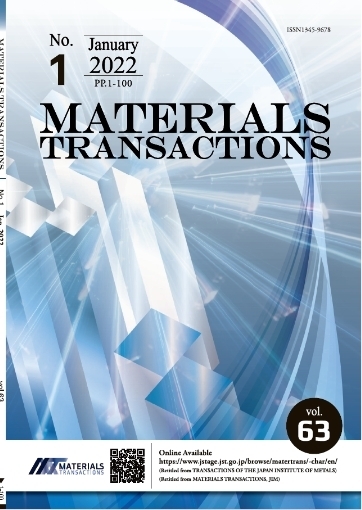Spent automobile catalyst is an important secondary resource of PGMs (platinum group metals), and the recovery is fairly significant. Various recovery technologies have been reported and applied in practical production, including pyro- and hydrometallurgical processes. Because the grade of PGMs in the catalysts is quite low, approximately 0.5 mass%, present recycling technologies involve high energy consumption. Enriching PGMs with energy-saving physical separation methods as a pre-treatment is therefore of great significance.
Automobile catalyst is usually composed of cordierite phase as a substrate and an alumina/ceria phase, with PGMs, which covers the cordierite phase. In this research, a combined flowsheet, jaw crusher, crushing rolls, and attritor, was used to perform selective grinding and concentrate the alumina/ceria phase into finer size ranges. High-grade alumina/ceria phase was recovered into a −0.3 mm size fraction with 57% recovery by using the jaw crusher and crushing rolls for pre-crushing. The coarser size fractions, in which the alumina/ceria phase was still present, was fed to the following surface-grinding step with an attritor to concentrate alumina/ceria phase further. By combining pre-crushing and surface grinding as described above, an alumina/ceria concentrate was produced with a grade of 66%, recovery of 76%, and separation efficiency of 52%.
This research used the Ouchiyama model, a well-known surface-grinding model, to evaluate attritor surface grinding for various feed size fractions. Results of kinetic analyses and experiments demonstrated that surface grinding became predominant for larger feed size fractions under the condition of low ball-media content because of collisions between sample particles, but for smaller feed size fractions, surface grinding occurred mainly by collisions of sample particles with the grinding media because of the small size of the sample particles. Surface grinding of the cordierite phase was also observed, especially for coarser feed size particles for which the exposure ratio of the alumina coat layer was lower compared with finer feed particles.










